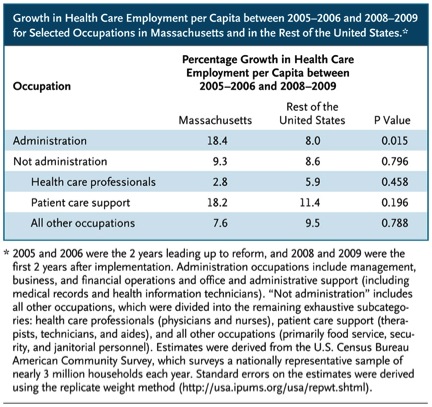Hospital Systems Are Creating Local Monopolies.
Stanley Feld M.D.,FACP,MACE
The primary stakeholders in the healthcare system are patients and physicians. Without patients or physicians there would not be a healthcare system.
Patients should be the drivers of the healthcare system. They are not. The primary drivers are the government and the healthcare insurance companies.
Hospital systems play the next largest role in driving up the costs of the healthcare system. Large hospital systems are constantly playing a game of chicken with the government and the healthcare care insurance industry.
Somehow, large hospital systems have been able to stay under the radar. They have been able to avoid the responsibility of the rising costs of healthcare.
Large hospital systems and large hospital chains know that insurers need them to service their network of patients. The healthcare insurance companies know that the hospital systems can hold them hostage to increased reimbursement.
When a large hospital system demands an increase in reimbursement the healthcare insurance industry simply increases premiums.
An example is the increasing premiums and costs that resulted from Romneycare in Massachusetts. Romneycare’s structure is one large driver of rising costs in Massachusetts.
Hospitals in Boston were extremely competitive before 1990.
The race in the late1980’s was to build the best hospital/physician network in town. The goal was to attract patients, overwhelm the competitors and get the best reimbursement from insurers.
In 1993 the model changed from a competitive model to a monopolistic model.
The merger between two eminent Harvard-affiliated hospitals, Massachusetts General Hospital and Brigham and Women’s Hospital developed a hospital system (Partners) that would control the marketplace.
The two most prestigious hospitals in the state forced the healthcare insurance industry to increase their reimbursement for providing care. Meanwhile, the Tufts hospital system offered a lower reimbursement rate but patients wanted to go to Partners.
What patient would want to be on an insurance plan that didn’t have access to the two most prestigious hospitals in Boston?
“Partners’ secret agreement in 2000 with Blue Cross Blue Shield of Massachusetts, in which Blue Cross would give Partners more money, in exchange for Partners’ promise that they would demand the same rate increases from everyone else. The growth rate of individual insurance premiums in the state doubled.”
Many executives at Blue Cross/ Blue Shield wanted to fight Partners’ demands. However discretion was the better part of valor.
An executive of Blue Cross/Blue Shield said,
Many hospitals are merging throughout the country to take advantage of this market leverage and increase reimbursement from the healthcare insurer.
Hospital systems are frantically trying to buy primary care physicians’ private practices to enjoy this leverage. The statistics claim that from 30% to 70% of practices have been bought by hospital systems.
The fiction is that medical schools are producing a different breed of physicians. The fiction is all the present day physicians want is a salary. I do not think this is true.
The barrier of entry to opening a private practice is cost. Physicians completing medical school have already incurred large debt.
The problem with being employed by hospital systems is the hospital system controls the overhead expenses. These expenses are inflated. Many salaried physicians do not realize the unfair overhead expenses because the expenses are opaque.
It takes a while for physicians in the system to figure out that they are not getting their fair share of the reimbursement for their productivity. At that point physicians start fighting with the hospital system. Some physicians quit en mass and open their own practice.
Partners’ physicians figured it out. Partners is still intact but the physicians are now getting their fair share.
Physicians are starting to realize they have leverage over their hospital employee and that they must have control of their overhead.
The Department of Justice is opening an investigation of hospital systems engaged in anticompetitive behavior. It is also challenging mergers in various parts of the country. Hospital systems have offered the defense that mergers will lead to “more efficient and cost-effective care.”
“But the long history of hospital mergers shows no evidence that consolidation leads to either. Indeed, according to FTC lawyer Matthew J. Reilly, the merged Toledo hospitals immediately went to work jacking up rates:”
“Soon after the acquisition was consummated,” Mr. Reilly said, “ProMedica approached certain health plans to obtain higher reimbursement rates.”
“The higher rates, he said, are typically passed on to consumers in the form of higher premiums, co-payments and other costs.”
Businesses act in the pursuit of their vested interests. Government sets the rules and businesses seek to take advantage of those rules.
Somehow, secondary stakeholders must be controlled. It will take a consumer driven healthcare system to control it.
The opinions expressed in the blog “Repairing The Healthcare System” are, mine and mine alone.
Please send the blog to a friend



The bill that stops online privacy could never be a bill that protects us. Instead, it hinders our freedom of expression and the privacy given to us when we were born is now taken back from us just because of the crimes happening on the internet. The government should think of something that is more appropriate than stopping us from expressing ourselves.